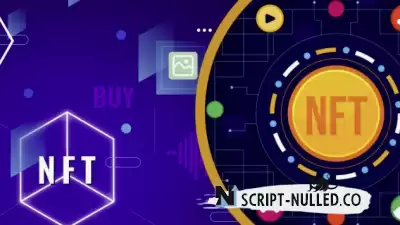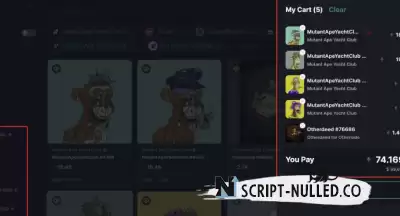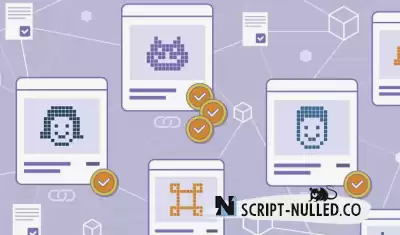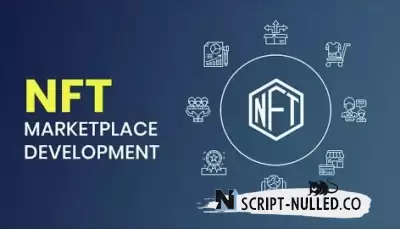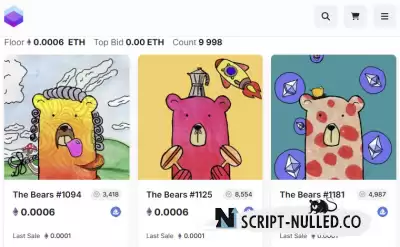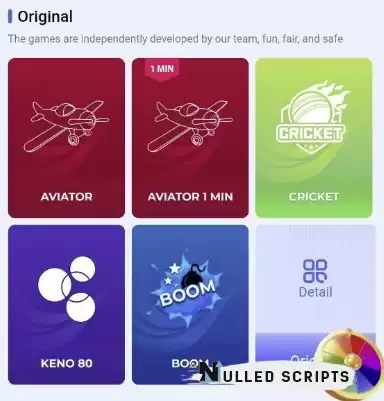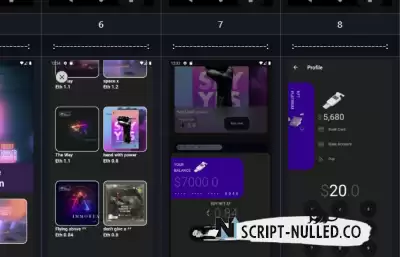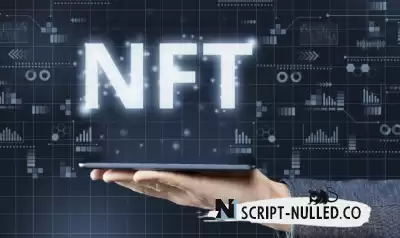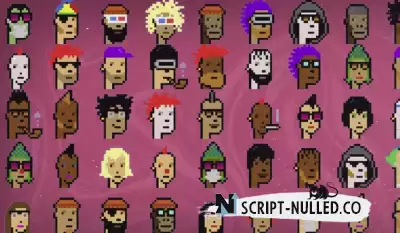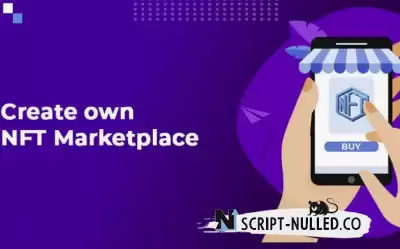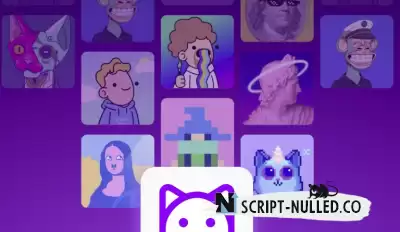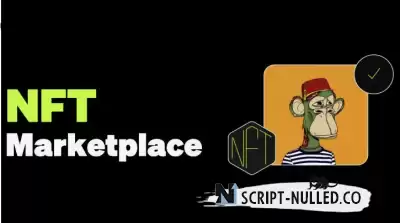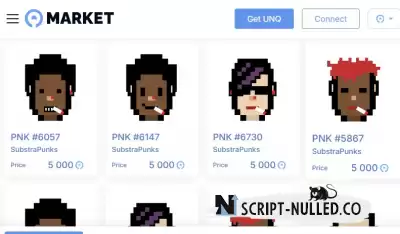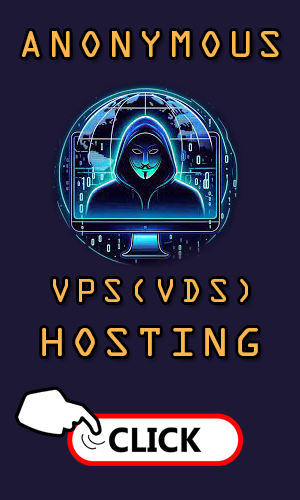A Tutorial on Building an NFT Marketplace from Scratch + script
mTrading is an open-source development kit that enables you to build your own NFT trading aggregator and marketplace. The SDK provides a comprehensive set of tools and APIs that greatly simplify the development process of a general trading aggregator like Gem.xyz or Blur.io, and allows developers to access real-time order feed and NFT transaction data. With the SDK, you can easily aggregate orders and functionality from mainstream marketplaces such as Opensea, Looksrare, Blur, x2y2, Sudoswap, etc, all in your products and communities.
An open source NFT marketplace built on Reservoir. (v2)
is an open-source marketplace built using the Reservoir API that provides access to instant liquidity aggregated from major trading venues. We encourage developers to use this project as a reference for their own implementation, or even fork the project and make their own meaningful changes.
Nft market place concept app with cool animation. Non Fungible Tokens (NFTs) are digital assets that represent objects like art, collectible, and in-game items. They are traded online, often with cryptocurrency, and are generally encoded within smart contracts on a blockchain
dart app firebase frontend animation cryptocurrency flutter nft flutter-apps flutter-demo flutter-examples flutter-widget flutter-ui
NFT Contracts Software
Create a NFT marketplace
API NFT app development
Unlock the potential of your NFT app with Moralis' NFT API. Our cross-chain NFT API solution simplifies the process of launching, verifying, analyzing, trading, and showcasing NFTs. Designed by developers for developers, our API empowers you to build remarkable NFT experiences effortlessly.
Join Moralis and revolutionize your NFT app development, creating meaningful shared experiences for your users across the web3 ecosystem. Explore our NFT API to access the top features and unlock cross-chain NFT compatibility, making your NFT app development faster and more efficient than ever.
NFT marketplace Deployment
NFT marketplace by Unique Network.
This tutorial shows the steps that need to be performed to carry out an install of the marketplace on a computer in a local environment or in a virtual machine with Ubuntu OS. The process of installing it in a production environment is identical, with the caveat that your IT administrator will need to setup the supporting infrastructure (such as a globally accessible domain name, hosting, firewall, nginx, and SSL certificates) so that the server that hosts the marketplace can be accessed by the users on the Internet.
Site Search
Site Menu
☑ Websites Scripts
Recent comments



Survey on the website
Evaluate the work of the site
Tag Cloud
Popular
Statistics
- +9 Total articles 7377
- +19 Comments 5017
- +26 Users : 7461

 Spain
Spain
 Portugal
Portugal


